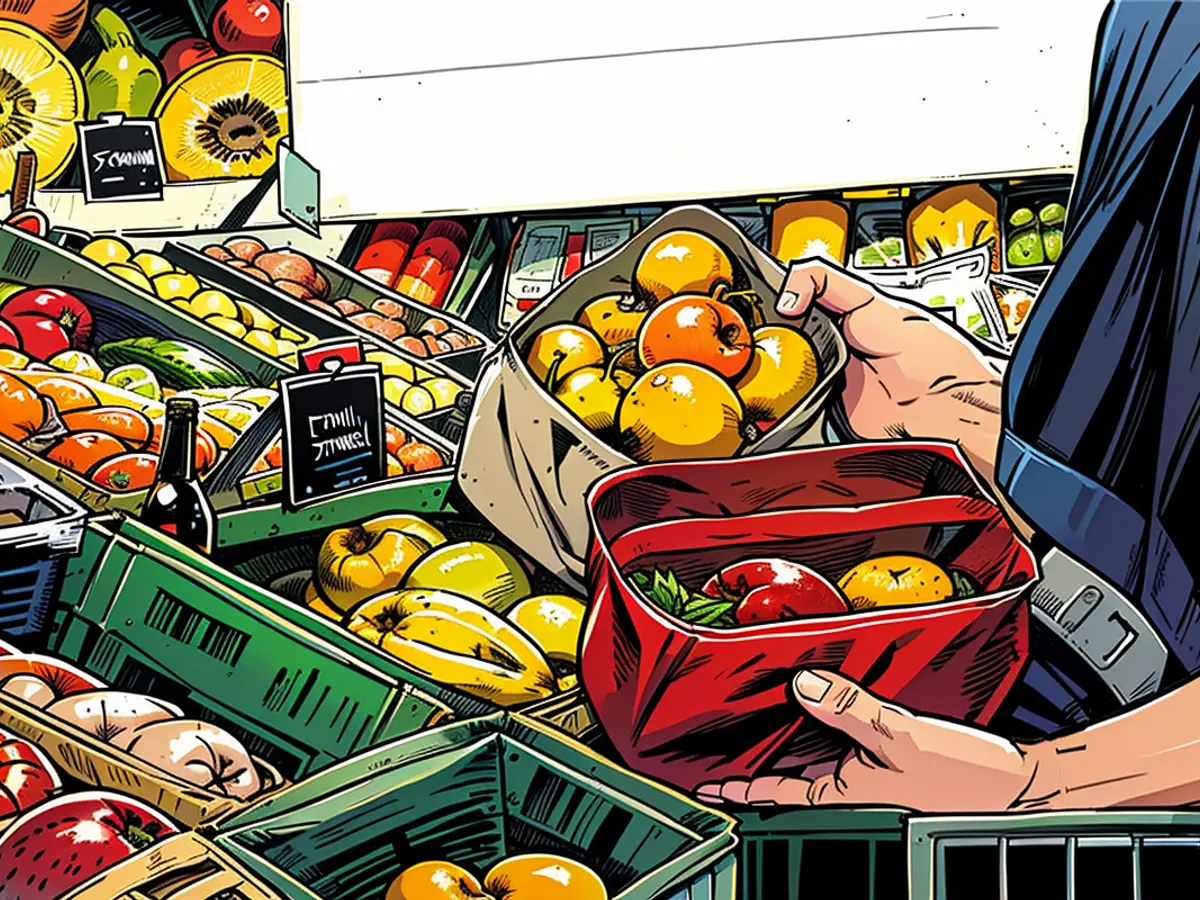Packaging chemicals find their way into individuals.
Emanating from supermarkets, virtually all edible goods are encased in packaging. A myriad of substances, such as minerals, plastics, and harmful industrial chemicals, are employed to keep food free from contaminants, maintain freshness, or preserve dryness. Regrettably, these materials frequently contain harmful compounds that eventually make their way into our bodies. A recent comprehensive evaluation published in the "Journal of Exposure Science and Environmental Epidemiology" highlights a multitude of such toxins. In totality, approximately 3,600 hazardous foreign substances have been identified in human physiology, including blood, urine, hair, and even breast milk.
Food Contact Chemicals (FCCs) are the compounds in question. These are utilized in products used for the storage, processing, packaging, and service of food. Among these chemicals are persistent chemicals like PFAS, plasticizers such as phthalates, metals, and harmful industrial chemicals such as bisphenols. The understanding of FCCs has expanded significantly with the discovery of over 14,000 varieties, and now, approximately a quarter of them have been detected in human bodies.
The study was carried out by the non-profit entity Food Packaging Forum (FPF) based in Zurich, Switzerland. The study's independence was confirmed by Martin Scheringer, the founder of the foundation and a professor at Masaryk University in the Czech Republic and ETH Zurich, both of whom were co-authors of the study. Andreas Schäffer, an emeritus professor of ecotoxicology and environmental risk assessment at RWTH Aachen, who was not involved in the study, further attested to the foundation's validity.
The call for safer packaging
The findings of the study will be shared with the public on an interactive platform named the FCChomon database. The database builds upon previously published FCC databases and is readily accessible online. The researchers hope that the interactive platform will serve as an essential tool to help experts develop safer materials.
As lead author Birgit Geueke from FPF stated, "Our research connects chemicals that come in contact with food, exposure, and human health. It also demonstrates an essential approach to preventing and protecting health."
It is important to note that these chemicals can originate from various sources, such as medications, household items, and personal care products.
For specific chemicals, like bisphenol A (BPA), oral uptake via food contact materials is well-documented. For instance, this endocrine-disrupting pollutant is now banned from usage in certain items like baby bottles. However, it is still present in other materials. In fact, the transfer of numerous FCCs from food contact materials to food has been clinically proven.
Many of these chemicals pose a health risk due to their carcinogenic properties, genetic mutations, impairments to reproduction, disruption of hormonal balance, and accumulation in the body. Nonetheless, the concentration of these substances also plays a crucial role. Co-author Jane Muncke (also from FPF) hopes that the study will encourage improved safety measures for food contact materials. This could potentially be achieved through the implementation of new regulations or the development of safer alternatives.
It is widely acknowledged that a scarcity of or insufficient data exists regarding the toxicity of many FCCs. Consequently, the safety of their usage remains unclear. Furthermore, it is probable that individuals are exposed to more FCCs than reported in this study, as we only investigated a select group of chemicals.
Thousands of additional FCCs are known, but they are not monitored in biomonitoring programs. For example, synthetic antioxidants and oligomers are rarely detected in humans due to a lack of monitoring. Co-author Ksenia Groh from the Swiss water research institute Eawag points out that, "The study reveals that antioxidants, despite their high production volumes and widespread use in plastics, are largely absent from monitoring programs."
The study presents an important revelation and pioneer
Foundation chairman Scheringer concludes that an unanticipatedly high number of hazardous chemicals are employed in materials used for food contact. "This is concerning, and there is an obvious need for safer and simpler food contact materials."
Toxicologist Schäffer explains that, for some chemicals like poly- and perfluorinated substances or phthalates utilized in plastics, restrictions are currently being considered - however, not for most other chemicals. "The study is therefore an important revelation and trailblazer to better protect individuals from potentially harmful products in the food sector in the future."
Hubertus Brunn, a food and environmental toxicologist at the University of Giessen, also views the study as a catalyst for further thought. He aspires that the study will spur conversations regarding the necessity of using all these substances in food contact materials and whether alternative, less harmful, or harmless substances or materials could potentially replace them.
The study highlights the presence of thousands of unmonitored FCCs, such as synthetic antioxidants, which are commonly used in plastics but rarely detected in humans due to a lack of monitoring. Other harmful chemicals like BPA, despite being banned in certain items, still find their way into food through food contact materials.
The scarcity of data and insufficient understanding of the toxicity of many FCCs contribute to the uncertainty surrounding their safety. Therefore, there's a need for improved safety measures, potentially through new regulations or the development of safer alternatives, to mitigate the health risks posed by these substances.
Other Relevant Topics: Toxic Chemicals, Food Safety, Health Risks, Regulations, Alternative Materials, Biomonitoring, Food Contact Materials, Environmental Health, PFAS, Plasticizers, Endocrine Disruptors, Bisphenol A (BPA)







